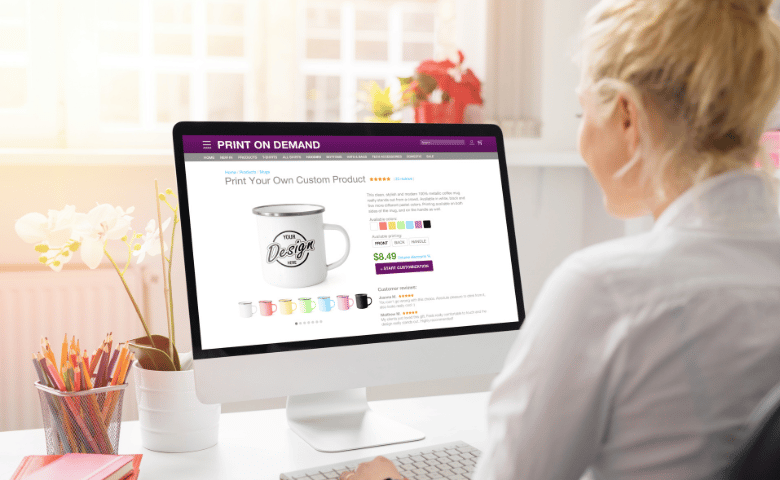Now that you have the content for your website, it’s time to start thinking about the design. Your website is the first impression that potential customers will have of your business, so it’s important to make sure it looks professional and polished.
Few Tips
Here are a few tips to help you get started:
1. Decide on a color scheme and stick to it. A cohesive look is key for any business website.
2. Make sure your fonts are easy to read. Choose a font that is both professional and easy to read, especially for long paragraphs of text.
3. Use images sparingly. Too many images can slow down your website and clutter the page. Choose only the most important images to showcase your business.
4. Keep your website updated. The last thing you want is for potential customers to visit your website and find that it’s outdated or incomplete. Regular updates will keep your site looking fresh and new.
Creating Business Website
To create a business website, you’ll need to purchase a domain name and web hosting. Domain names can be purchased through a variety of websites, such as GoDaddy or Namecheap, and web hosting can be found through companies like Bluehost or HostGator.
Once you have both your domain name and web hosting, you’ll need to set up your website. This can be done using a platform like WordPress or Wix. These platforms allow you to create a website without any coding experience.
Once your website is set up, you’ll need to add content and design it to look professional. Be sure to include important information about your business, such as what services you offer and contact information. You can also add images and videos to help showcase your business.
Finally, be sure to update your website regularly with new content to keep customers interested.
20 Elements that should be on your own website
1. Your business name and logo
2. A brief description of your business
3. What services you offer
4. Contact information, such as your phone number, email address, and website address
5. A map of your location
6. Photos of your business and employees
7. Testimonials from happy customers
8. The types of payment you accept
9. The hours of operation
10. A list of the brands you carry or work with
11. The languages your business speaks
12. A blog or news section to keep customers updated on what’s going on
13. An events calendar to showcase upcoming events or sales
14. A page for frequently asked questions
15. A page for shipping information and rates
16. Links to your social media profiles
17. A contact form or email address so customers can reach out directly
18. The ability to create an account with your business so customers can save their information and preferences
19. A “shop now” button to make it easy for customers to purchase items from your website
20. Terms and conditions and a privacy policy
Conclusion
Creating a business website can be a daunting task, but it’s important to make sure your site looks professional and polished. There are a few key things to keep in mind when designing your website, such as using a cohesive color scheme, sticking to easy-to-read fonts, and using images sparingly. You’ll also need to update your website regularly with new content to keep customers interested. If you need help getting started, our team of experts is here to help.
Check More Of Our Content Down Below
